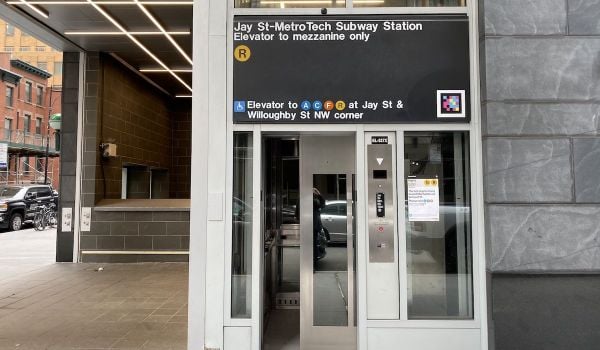The Colorado Public Utilities Commission on Tuesday rejected an administrative law judge’s proposed rules that would have made it more or less impossible for Uber to operate in the state. The Denver Post has a good write-up of the development.
The news isn’t totally unexpected. Gov. John Hickenlooper recently got in the mix by calling the judge’s suggestions “unnecessarily complicated.” But it is still a significant win for Uber, though we’ll have to get into the nitty-gritty of how the hired transportation market works to understand why.
For its part, Uber started back in 2008 as an idea to split the cost of a luxury car and hired driver. It wasn’t until April 2012 that Uber started dabbling in the taxi market in Chicago. Whether the company could expand its networked approach and high-end vibe to cabs was, CEO Travis Kalanick wrote at the time, “a provocative question that many people thought Uber would never ask.”
Indeed, the Uber-ization of taxis was a big step because, traditionally, taxis and limousines (or black cars) have functioned as two distinct modes of transportation. Limos are nicer vehicles and available by advance request. Cabs have, generally, been a little less nice and available on-demand, so that you grab the closest one and go. As one eloquent Michigan limo company has phrased it, taxis function as “floating bees” built for “banging out a lot of trips.”
With limos, consumers can shop around. But if you hail a somewhat grubby cab the street, the thinking goes, you want more external checks on the transaction. Taxis, thus, tend to be heavily regulated by government, while limos or black cars are regulated by the market.
Uber would like to blend the two. Kalanick, for one, has mocked the distinction. At a conference this winter, he poked fun at the fact that in Miami, if you Uber up a black car and it arrives in 15 minutes, you have to “stare at that town car for 45 minutes before you’re allowed to get in.” The Colorado judge argued that limos can’t use anything “other than a clock” to figure out what to charge. That’s a threat to Uber’s data-driven pricing model, but it also serves to create a distinction between cab and limo.
Uber’s implicit argument is that there’s no need, in 2013, to keep this hard-and-fast delineation. The company wants to serve up all of the above: On-demand service, quick trips, luxury cars and the ability to calculate rates based on time and distance, like a taxi, while raising and lowering prices like a car service. It can be done, the reasoning goes, because technology makes it possible. No matter what kind of car you order from Uber, you get a level of transparency and accountability because the process occurs through an app, which obviates the need to worry more about taxis than limos.
That’s the argument regulators and lawmakers in Colorado seem to have bought for now, and you can see why that would make Uber very, very happy.

Nancy Scola is a Washington, DC-based journalist whose work tends to focus on the intersections of technology, politics, and public policy. Shortly after returning from Havana she started as a tech reporter at POLITICO.
















